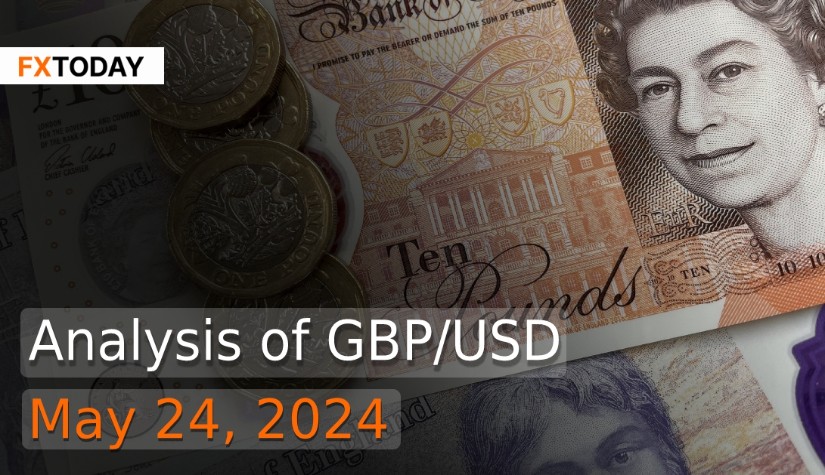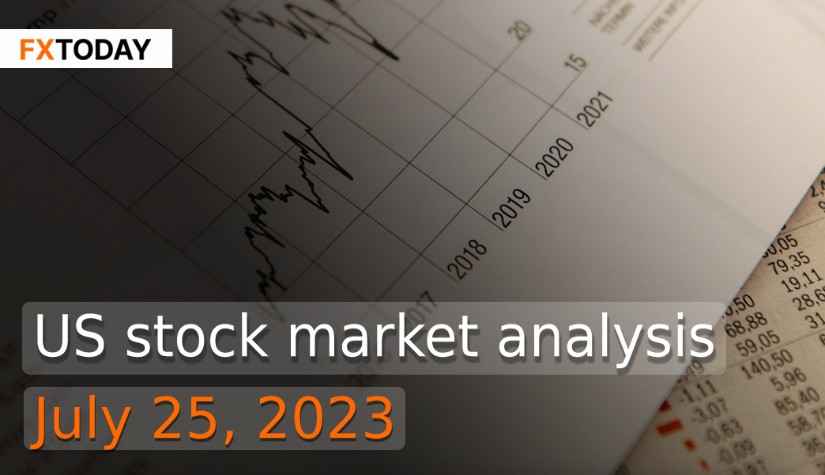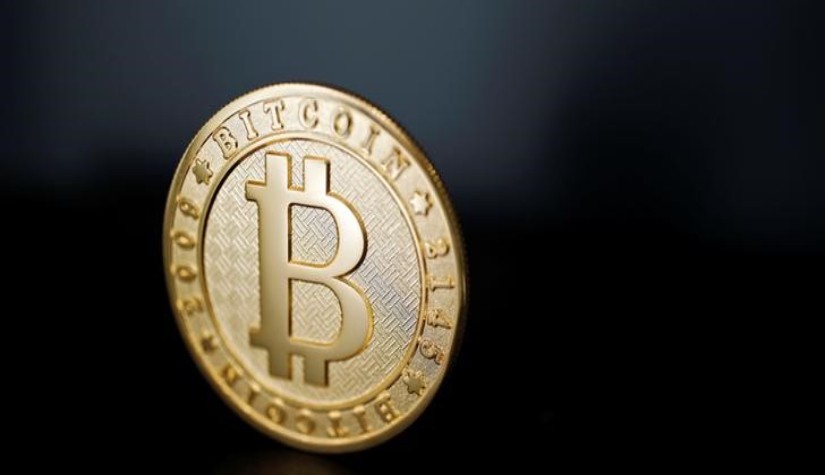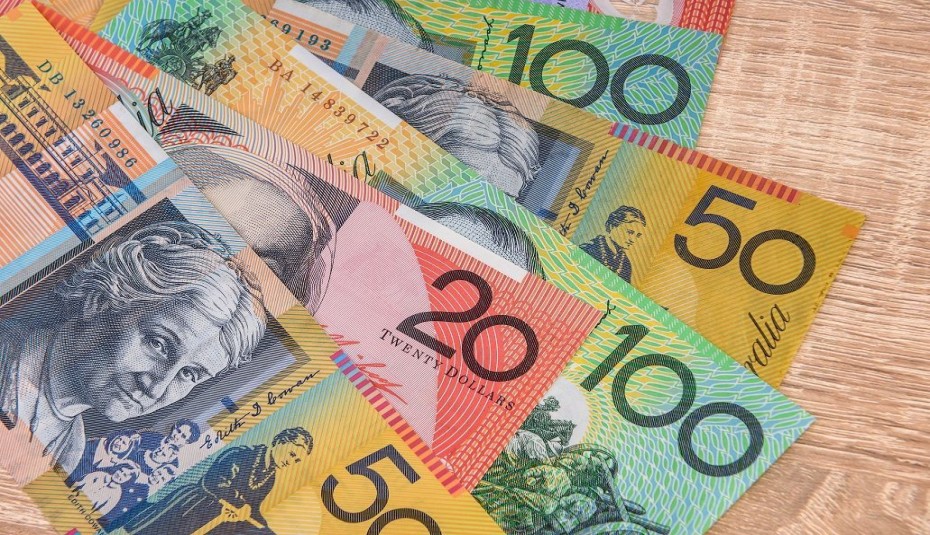Latest UK Economic Overview
The Bank of England (BoE) was heavily chastised in parliament for failing to forecast inflation in Britain, which continued to rise to the highest level in Western Europe at 10.1% in March, while food prices rose at the fastest rate since the 1970s to 19.1% in March, the second highest among the G7 countries after Germany. As a result, the market anticipates that the policy interest rate would rise to 5% by the end of 2023.
The International Monetary Fund (IMF) expects current gross domestic product (GDP) to grow 0.4% in 2023, up from 0.3% in April, reflecting unprecedented demand from the UK due to faster-than-normal wage growth, higher government spending, and improved business confidence, including lower energy costs.
The IMF anticipates that UK inflation will fall to approximately 5% by the end of the year and will likely revert to a 2% objective by mid-2025, with the economy growing 1% in 2024 and 2% over the next two years before returning to a long-term growth rate of around 1.5%. The IMF also believes that restrictive monetary policy should be maintained in order to battle inflation and unsustainable wage increases.
Meanwhile, the BoE has begun to reduce its holdings of government bonds by 80 billion pounds ($101 billion) a year, after previously purchasing 875 billion pounds of bonds to stimulate the economy through quantitative easing (QE).
British PMI data showed that service growth in May slowed marginally from its peak, while the manufacturing sector declined again. Companies in the British service sector began to rapidly hike selling prices in response to the surge in demand, while for the first time since November 2019, producer prices declined, and manufacturing sales prices climbed at the weakest rate since October 2020. Over the next 12 months, firms’ views in the manufacturing and service sectors have become more negative, resulting in the lowest level of confidence in three months.
However, British consumer confidence increased for the fourth consecutive month in May, reaching its highest level in 15 months, as households became more positive about the economy and finances.
The US dollar has continued to rise as the US interest rate is likely to remain high for a long time. While the debt ceiling talks are still ongoing, the pound is expected to trade flat and become somewhat weaker than the US dollar.
Data for Technical Analysis (5H) CFD GBP/USD
Resistance : 1.2439, 1.2445, 1.2454
Support : 1.2421, 1.2415, 1.2406
5H Outlook
Source: Investing.com
Buy/Long 1 If the support at the price range 1.2416 - 1.2421 is touched, but the support at 1.2421 cannot be broken, the TP may be set around 1.2444 and the SL around 1.2412, or up to the risk appetite.
Buy/Long 2 If the resistance can be broken at the price range of 1.2439 - 1.2444, TP may be set around 1.2454 and SL around 1.2417, or up to the risk appetite.
Sell/Short 1 If the resistance at the price range 1.2439 - 1.2444 is touched, but the resistance 1.2439 cannot be broken, the TP may be set around 1.2420 and the SL around 1.2448, or up to the risk appetite.
Sell/Short 2 If the support can be broken at the price range of 1.2416 - 1.2421, TP may be set around 1.2406 and SL around 1.2444, or up to the risk appetite.
Pivot Points May 24, 2023 06:15AM GMT
| Name | S3 | S2 | S1 | Pivot Points | R1 | R2 | R3 |
|---|---|---|---|---|---|---|---|
| Classic | 1.2421 | 1.2426 | 1.2430 | 1.2435 | 1.2440 | 1.2444 | 1.2449 |
| Fibonacci | 1.2426 | 1.2429 | 1.2431 | 1.2435 | 1.2439 | 1.2441 | 1.2444 |
| Camarilla | 1.2433 | 1.2434 | 1.2435 | 1.2435 | 1.2437 | 1.2438 | 1.2439 |
| Woodie's | 1.2421 | 1.2426 | 1.2430 | 1.2435 | 1.2440 | 1.2444 | 1.2449 |
| DeMark's | - | - | 1.2433 | 1.2436 | 1.2442 | - | - |
Sources: Investing 1, Investing 2
Maximize your knowledge: Blog
















